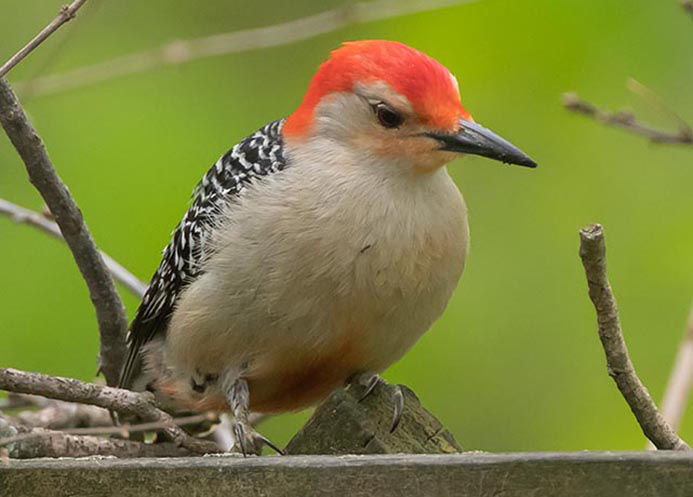Woodpeckers in Florida: Identification Tips and Environment Preferences
Woodpeckers in Florida: Identification Tips and Environment Preferences
Blog Article
Revealing the Secrets of Woodpeckers: Habits, Habitat, and Much More
Woodpeckers, with their special habits and specialized adjustments, have actually lengthy captivated scientists and nature fanatics alike. By uncovering the enigmas surrounding woodpeckers' behavior and environment choices, a deeper understanding of these avian marvels emerges, providing a glance right into their fascinating globe.
Woodpecker Behavior Insights
In examining woodpecker habits, a remarkable display of specialized abilities and adjustments arises, losing light on their exceptional eco-friendly particular niche. Woodpeckers, known for their distinctive drumming on trees, possess a range of behavioral attributes that add to their survival and success in their atmosphere.
Additionally, woodpeckers show an unique feeding habits defined by their capacity to extract bugs from tree bark using their specialized beaks. Their long, barbed tongues help in catching target, while their solid neck muscle mass provide security and precision during pecking activities. This feeding strategy enables woodpeckers to access concealed insect larvae and extract them with remarkable effectiveness.
Environment Preferences and Selection
What aspects influence the habitat choices and choice of woodpeckers? Woodpeckers are highly adaptable birds understood to inhabit various atmospheres worldwide. They do display preferences for particular environment qualities. One crucial factor affecting woodpecker habitat choice is the schedule of appropriate nesting websites. Woodpeckers commonly favor forests with a mix of fully grown trees that give adequate possibilities for tooth cavity excavation. These cavities work as critical nesting and roosting websites for woodpeckers and are necessary for their reproducing success.
Furthermore, woodpeckers show a preference for habitats with a bountiful supply of food resources. They are mainly insectivorous, feeding upon beetles, ants, larvae, and other insects found in worn out timber or tree bark. As a result, woodpeckers tend to prefer woody locations with a diverse insect populace to fulfill their dietary needs.
Furthermore, the existence of dead or rotting trees is another key element in woodpecker environment choice. These trees not only offer food resources however likewise use ideal substrate for tooth cavity excavation. Dead trees are essential for the upkeep of healthy woodpecker populaces, as they play a crucial function in the woodpeckers' life process and ecosystem dynamics.
Feeding Routines and Diet Make-up
Woodpeckers demonstrate a specialized feeding actions focused on foraging for bugs within different habitats. In enhancement to bugs, woodpeckers likewise consume tree sap, fruits, nuts, and seeds, adding variety to their diet regimen depending on the season and availability of food sources.
The foraging techniques of woodpeckers are well-adapted to their arboreal way of life. Woodpeckers play an essential duty in maintaining the health of forests by managing insect populations and aiding in the decomposition of wood.
Drumming Sounds and Communication
Making use of quick drumming audios on numerous surfaces, woodpeckers employ a distinct kind of communication to signal area limits and bring in companions. This drumming actions is not only a means of interaction yet also functions as a means for woodpeckers to establish their visibility within a specific area. The intensity, rate, and pattern of the drumming can communicate essential information visit the site to various other woodpeckers around.
Woodpeckers use drumming audios to introduce their visibility in a region and to warn off possible intruders. The loud and repeated nature of the drumming serves as a clear signal to various other woodpeckers that the location is already asserted. This aids in lowering disputes and minimizing physical conflicts between people.

Survival Adaptations and Specialized Makeup

Final Thought
Finally, woodpeckers display distinct habits, such as drumming noises for interaction, and have actually specialized anatomy for survival in their selected habitats. Their feeding practices and diet regimen make-up even more show their adaptability to different atmospheres. By recognizing these elements of woodpeckers, researchers and preservationists can better secure and preserve these look here interesting birds and their ecosystems.
Report this page